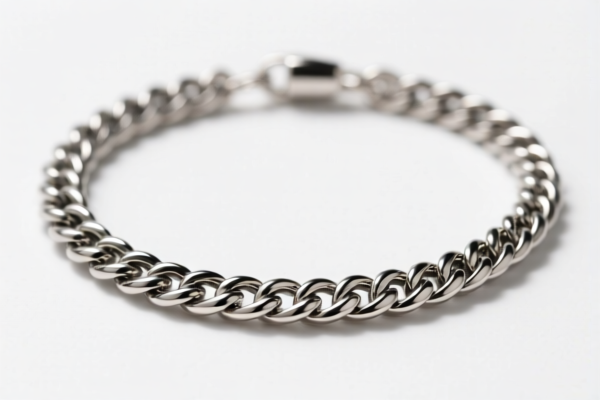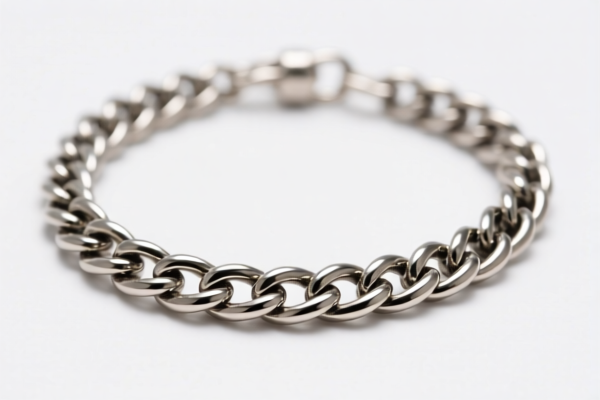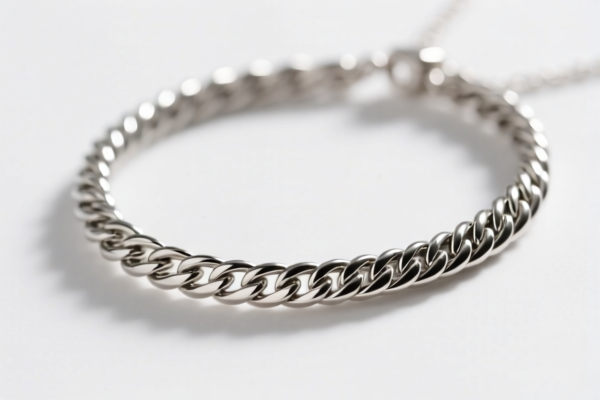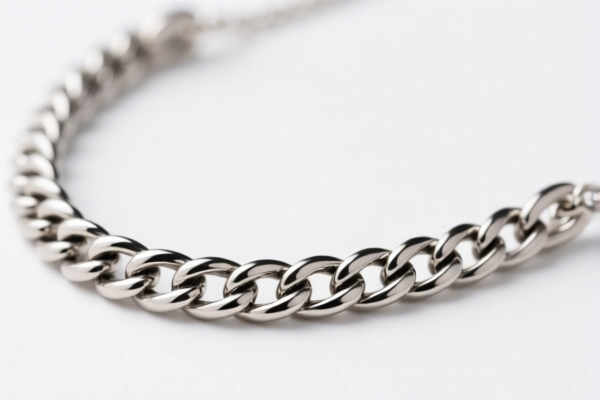| HS Code | Official Doc | Tariff Rate | Origin | Destination | Effective Date |
|---|---|---|---|---|---|
| 7115906000 | Doc | 59.0% | CN | US | 2025-05-12 |
| 7115903000 | Doc | 58.9% | CN | US | 2025-05-12 |
| 7118900055 | Doc | 37.5% | CN | US | 2025-05-12 |
| 7118900019 | Doc | 37.5% | CN | US | 2025-05-12 |
| 8301600000 | Doc | 40.3% | CN | US | 2025-05-12 |
| 8301700000 | Doc | 42.0% | CN | US | 2025-05-12 |
| 8308909000 | Doc | 57.7% | CN | US | 2025-05-12 |
| 9606308000 | Doc | 61.0% | CN | US | 2025-05-12 |
| 9620006500 | Doc | 57.9% | CN | US | 2025-05-12 |
| 9620005000 | Doc | 60.3% | CN | US | 2025-05-12 |
| 7326908688 | Doc | 82.9% | CN | US | 2025-05-12 |
| 7326908688 | Doc | 82.9% | CN | US | 2025-05-12 |
| 7323999080 | Doc | 83.4% | CN | US | 2025-05-12 |
| 7323997000 | Doc | 60.3% | CN | US | 2025-05-12 |
| 4911998000 | Doc | 37.5% | CN | US | 2025-05-12 |
| 4911996000 | Doc | 37.5% | CN | US | 2025-05-12 |
| 4908900000 | Doc | 37.5% | CN | US | 2025-05-12 |
| 4908100000 | Doc | 37.5% | CN | US | 2025-05-12 |




Alloy Key Chain
An alloy key chain is a small accessory typically used to carry keys, often incorporating decorative elements and branding. It is constructed from a metallic alloy, offering a balance of durability, aesthetic appeal, and cost-effectiveness.
Material
The term "alloy" refers to a mixture of two or more metals, or a metal combined with a nonmetal. Common alloys used in key chain production include:
- Zinc Alloy: The most prevalent material due to its low cost, ease of casting into intricate shapes, and good strength. Often coated with finishes like nickel, chrome, or gold for improved appearance and corrosion resistance.
- Aluminum Alloy: Lightweight and corrosion-resistant, often used for more modern or sporty designs.
- Brass Alloy: Provides a classic, warm-toned appearance. May be polished or antiqued.
- Stainless Steel Alloy: Offers superior strength and corrosion resistance, typically used for higher-end or heavy-duty key chains.
Purpose
The primary purpose of an alloy key chain is to securely hold and manage keys, preventing loss or misplacement. Beyond functionality, they serve several secondary purposes:
- Decoration: Key chains are often chosen for their aesthetic design, reflecting personal interests, hobbies, or affiliations.
- Branding/Promotion: Companies frequently use key chains as promotional items, displaying logos, slogans, or product imagery.
- Collectible Items: Certain key chains are produced as limited editions or commemorative pieces, appealing to collectors.
- Personal Identification: Some key chains incorporate nameplates or tags for identification.
Function
The basic function relies on a split ring (also known as a key ring) attached to a larger loop or attachment point. The split ring allows keys to be easily added or removed. Variations in function include:
- Simple Key Ring: A basic loop for holding keys.
- Bottle Opener Key Chains: Incorporate a built-in bottle opener.
- Flashlight Key Chains: Feature a small LED flashlight.
- Multi-Tool Key Chains: Combine several tools, such as screwdrivers, files, or wrenches.
- Carabiner Key Chains: Utilize a carabiner clip for attaching to belts or bags.
Usage Scenarios
Alloy key chains are used in a wide range of everyday scenarios:
- Personal Use: Carrying house keys, car keys, office keys, etc.
- Promotional Events: Distribution at trade shows, conferences, or marketing campaigns.
- Retail Sales: Sold as souvenirs, gifts, or impulse purchases.
- Corporate Gifts: Provided to employees or clients.
- Tourism: Offered as mementos of travel destinations.
Common Types
- Stamped Key Chains: Created using a stamping process, often featuring simple designs.
- Die-Cast Key Chains: Molded using die-casting, allowing for more intricate shapes and details.
- Photo Key Chains: Incorporate a photograph or image.
- Acrylic/Resin Key Chains with Alloy Components: Combine acrylic or resin elements with alloy frames or attachments.
- Spinning Key Chains: Feature a rotating element for added visual interest.
- Character/Licensed Key Chains: Depict popular characters or brands.
The declared goods, “alloy key chain,” can be classified based on material composition (alloy) and function (key chain – a small chain used to hold keys). Here are relevant HS codes based on the provided reference material:
-
7115906000: This HS code covers “Other articles of precious metal or of metal clad with precious metal: Other: Other: Other.” While the description doesn’t specifically mention alloy, if the key chain incorporates precious metal cladding or is made of a precious metal alloy, this code may be applicable. The tax rate details are: Basic tariff: 4.0%, Additional tariff: 25.0%, Additional tariff after 2025.4.2: 30.0%, Total tariff: 59.0%.
-
8301600000: This HS code covers “Padlocks and locks (key, combination or electrically operated), of base metal; clasps and frames with clasps, incorporating locks, of base metal; keys and parts of any of the foregoing articles, of base metal: Parts.” If the key chain incorporates lock parts, this code could be relevant. The tax rate details are: Basic tariff: 2.8%, Additional tariff: 7.5%, Additional tariff after 2025.4.2: 30.0%, Total tariff: 40.3%.
-
8301700000: This HS code covers “Padlocks and locks (key, combination or electrically operated), of base metal; clasps and frames with clasps, incorporating locks, of base metal; keys and parts of any of the foregoing articles, of base metal: Keys presented separately.” If the key chain consists of a key presented separately, this code may be applicable. The tax rate details are: Basic tariff: 4.5%, Additional tariff: 7.5%, Additional tariff after 2025.4.2: 30.0%, Total tariff: 42.0%.
-
7326908688: This HS code covers “Other articles of iron or steel: Other: Other: Other: Other.” If the key chain is made of iron or steel alloy, this code could be relevant. The tax rate details are: Basic tariff: 2.9%, Additional tariff: 25.0%, Additional tariff after 2025.4.2: 30.0%, Total tariff: 82.9%. Note that steel and aluminum products have an additional tariff of 25%.
-
9606308000: This HS code covers “Buttons, press-fasteners, snap-fasteners and press-studs, button molds and other parts of these articles; button blanks: Button molds and other parts of buttons; button blanks: Other.” If the key chain incorporates button parts, this code may be applicable. The tax rate details are: Basic tariff: 6.0%, Additional tariff: 25.0%, Additional tariff after 2025.4.2: 30.0%, Total tariff: 61.0%.
Important Note: The classification of alloy key chains depends heavily on the specific material composition and function. If the key chain is made of iron or steel alloy, HS code 7326908688 is applicable. If it incorporates lock parts, HS codes 8301600000 or 8301700000 may be relevant. If it incorporates precious metal, HS code 7115906000 may be applicable.
Customer Reviews
I was impressed with the clarity of the HS code 3925 and the 5% tariff rate explanation. Very helpful for my trade planning.
The page gave me the exact HS code and tariff info I needed for my export business. Just wish there were more examples.
This resource was a lifesaver for me. The HS code details and tariff rates for plastic doors were clearly explained.
The page was easy to read and provided all the necessary details on HS code classifications for plastic products.
I was looking for details on exporting plastic doors to the US, and this page had all the HS code and tariff info I needed.